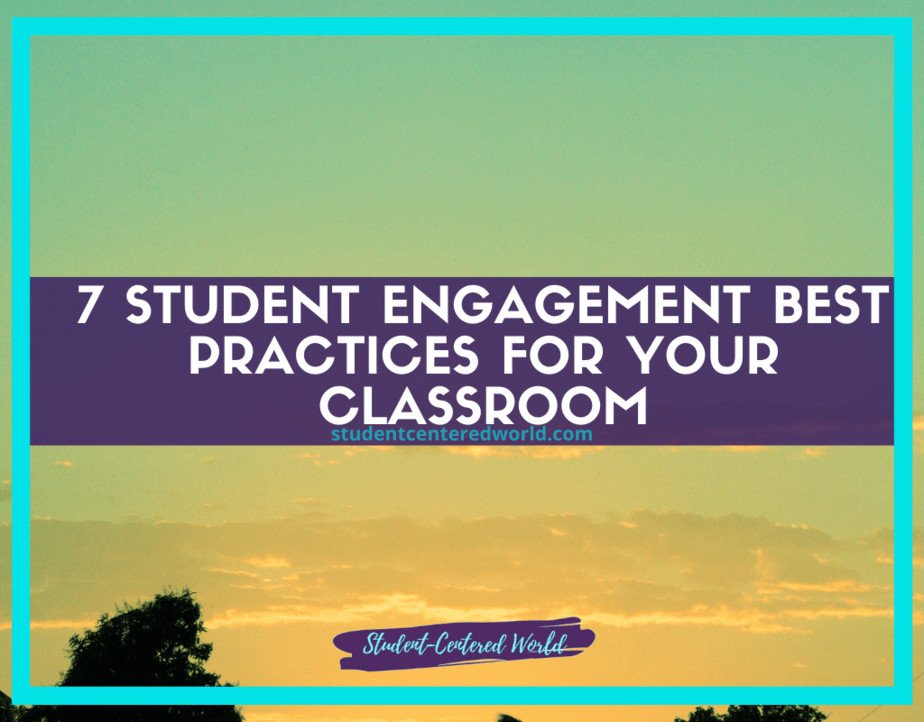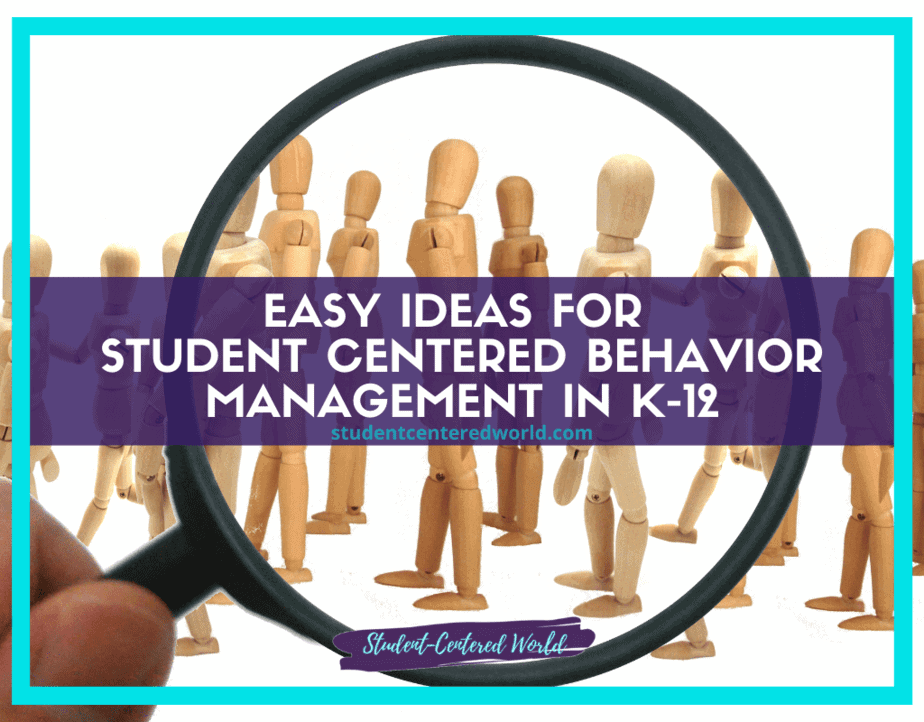25 Easy Fixes for Student Engagement and Academic Performance
It’s no secret that there is a direct correlation between student engagement and academic performance, but many teachers are unsure of how to make the connection consistently to get it to stick. Fortunately, there are many activities to make this happen. Below are 25 ways to get students excited about learning!
First, it is important to understand why the connection between student engagement and academic performance is so important. According to the Journal of School Health, “academic success and engagement in school are closely tied. High academic achievers tend to be engaged in their learning and motivated toward educational attainment.” This is important for teachers because it means that if we can increase student engagement through these 25 ways, our students will perform better academically.
How do we increase student engagement and academic performance as a result? As most teachers already know, there is no “magic bullet” for this question. However, according to the National Education Association (NEA), “research indicates that students who feel connected to their school experience greater academic success and are more likely to pursue opportunities.” Therefore, the goal of increasing student engagement should be helping our students feel more connected to their school experience.
Another reason why the connection between student engagement and academic performance is so important? A 2009 McKinsey & Company study, “How the world’s best performing schools come out on top,” shows that students within highly engaging classrooms are more likely to be successful in all areas of life. The study shares, “the students who were most engaged in their learning, who expressed a ‘love of learning’ and to whom school was important, were more likely to show up for work. They had better health habits and fewer drug problems. In every country where the McKinsey team looked, they found that students who loved learning also succeeded at life.”
So how do we ensure that our students “love learning?” According to the NEA, the answer is simple: “Students who enjoy school are more likely to get better grades and score higher on tests.” So, by increasing student engagement and academic performance in these 25 ways, teachers are helping their students succeed academically. These ideas will not only help increase student engagement for individual students but will also help the entire classroom experience.
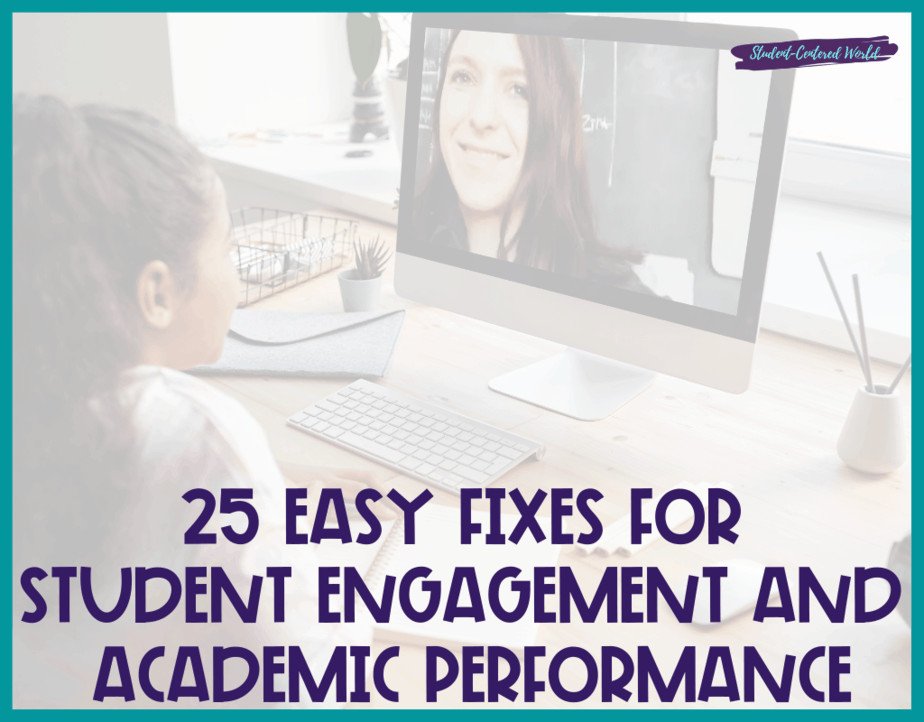
Student Interest and Intent
Find out what your kids are interested in by asking them questions or finding other ways for them to express themselves. This may be easier said than done, but it’s important that you show an interest in what they’re into. Find out what kind of music they like, movies, television shows, books they read that are not required in class. This will help you connect their interests with learning that may seem dry otherwise.
Real World Connections
Find ways to connect schoolwork to the real world and show students how what they’re learning is important beyond just getting a grade at the end of the year. For example, try assigning a paper about a historical event and ask your students to find ways in which the event is still relevant today.
Play games!
“Let’s go around the room and say our names, where we’re from, something we like to do for fun.” This not only helps students get comfortable with each other and breaks the ice, but it also gets them listening and able to speak about themselves.
Showcase student accomplishments.
When students feel good about what they’re doing, they’ll be more likely to keep trying new things and also do their best work.
Make sure your classroom is conducive to learning.
Is it easy for students to pay attention? Do the desks have enough room for students to spread out their work? Is your room temperature appropriate, i.e., not too hot, not too cold?
Let them talk about themselves!
There are many opportunities in class where students can share what they know with others and participate in conversations without you having to call on them. If you’re teaching a lesson on religions, ask your kids to describe what they believe in and why that’s important to them.
Waitlists
Keep students engaged while working independently or in groups by giving them things to do while they wait for their turn.
For example, I’ll give my students play money while they’re reading silently and tell them they can buy stuff for their desk with it. This could be pencils, paper clips, rubber bands, anything small and you don’t care about losing. Many students will just stack it up and spend it at the end of class.
Take a break!
Don’t feel like you have to go through an entire lesson or unit in one sitting. If you feel bogged down and your students are not engaged, take a break!
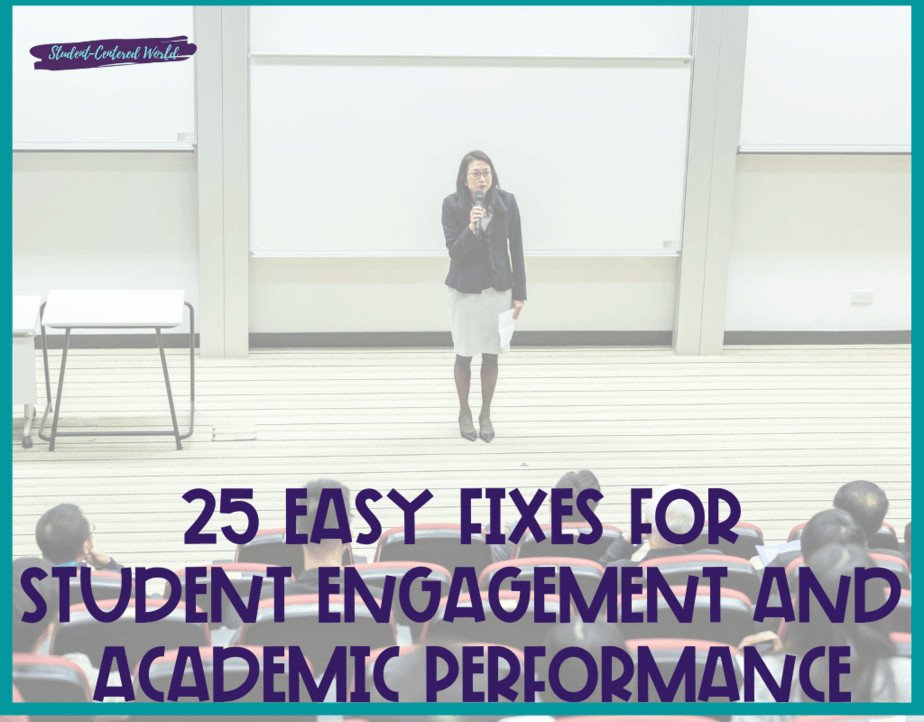
Create Classroom Jobs
If students have things to do during class, they’re less likely to get off task. See if you can assign specific roles for different days. For example, write the date on the board and assign different students each day to circle it, tally up points in a game, pass out papers, etc.
Make your expectations clear
Don’t leave kids wondering what is expected of them or how you will be grading their work. Create an outline for what you’ll be covering during the class period and make sure you stick to it. If something comes up, make a note on the board and come back to it at another time. This will help keep student engagement and academic performance on target.
Make review fun
Find ways for students to be challenged but also get what they need out of the lesson or unit. For example, if you’re covering main ideas and details, ask your students to play a game of Jeopardy and give them categories such as presidents G-R, other countries besides the US, etc.
Minimize transitions
Give your students enough time between lessons or units so that they can completely let go of what you just taught. When I was first teaching, I didn’t give myself enough time in between to let go of what we did the day before. I was stuck in my head about how poorly they answered previous questions and my teaching suffered because of it.
Give Them a Choice
Whether you’re giving them activities or just letting them choose where they sit, give kids some control over their learning environment so that they feel like it’s theirs. This is one of the biggest pieces I stress when trying to propel student engagement and academic performance.
Create a Community
Have lunch together, have students come over to your home, do community service projects as a class or with other classes from your school. When kids know each other well and care about each other as people, they’ll be more willing to work with each other and meet one anothers needs.
Know your classroom!
When you’re comfortable in your surroundings, it’s easier to relax and be yourself which is exactly what students need in order for them to buy-in.
Clear the Clutter & Clean the Slate
When I was teaching in certain classes, I would have a wipe-off marker board that I would use to take notes. It helped me to manage my time and provided students with a visual of what we were covering. This was a natural way to facilitate student engagement and academic performance because they could physically see the expectations in front of them.
Encourage creativity
It takes away from your personality as an educator if you’re holding yourself back and only teaching the way you’ve always taught. Let go and try something different, students will appreciate it!
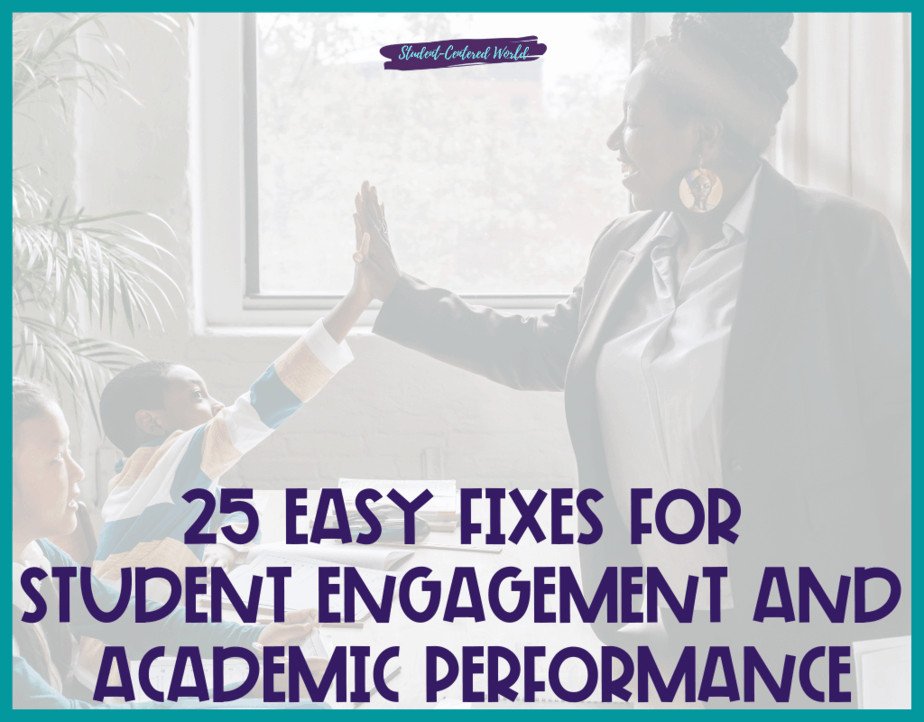
Be Flexible
There are good days and there are bad days, be willing to go with the flow! Don’t feel like you have to stick with something just because you started it. If things aren’t working, try something else.
Know your own limitations
Students can sense when you’re unhappy and it’s not conducive to learning. If you need a break or aren’t feeling up for teaching, take one. Head on home so that your students don’t suffer as well. You can’t pour from an empty cup and feeling burned out will have a direct effect on student engagement and academic performance.
Give Them Homework (But make it worthwhile)
I am a huge promoter of the flipped classroom. When implemented correctly, it changes everything about teaching. Flipped assignments make a world of a difference and aren’t just busywork given at the end of the day. I found that this was the most monumental accomplishment in achieving off-the-charts student engagement and academic performance.
Be real!
If you don’t think students should be doing something, speak up about it! Don’t let their behavior slide because you feel like they’ll like you more or you feel bad for them. If they’re not learning, then you’re doing them a disservice by letting it slide.
Be Consistent!
Figure out what works best for you and stick to it. Don’t go back and forth trying to please every student because most of the time their requests are unreasonable or don’t make sense in your classroom setting. It will be that consistency that helps propel student engagement and academic performance.
Use phones accordingly
When students have their phones out, it takes them away from what you’re trying to teach and they start getting distracted. However, I found that embracing them made a huge difference in terms of student engagement and academic performance. Allow them to use them for classroom-specific apps OR, here’s a killer idea, give them a spot in the room as a charging station. If their phones are charging, they can’t be on them.
Show Your Appreciation
At the end of every lesson or unit, show your students your appreciation for them being there with you. It’ll go a long way!
Praise their effort not just their results
When I used to teach social studies, I would always praise my students for how far they’ve come instead of just complimenting them on what they knew because most times it’s a combination of both.
With all of these, you want to make sure that you are actively listening to your students! This will be the key to great student engagement and academic performance. When students are talking, take a second to really listen. When they’re speaking it’s because they want you to hear what they have to say and know that you care about them as people.
Also, don’t assume anything. When I first started teaching, I would always assume that each student had the same background knowledge as me because I didn’t want to make assumptions. It wasn’t until later on down the line that I realized sometimes they might not have had all of those experiences and I should’ve been more patient with them.
There is no denying that the student engagement and academic performance connection is strong. Due to all of these factors, it’s really important that you are proactive in your planning.
Sometimes the most difficult part of being a teacher is trying not to have too many expectations or assumptions about your students because each student has different backgrounds, experiences, and needs. Know that they bring unique things to the classroom and may come from different places!
In terms of student engagement and academic performance, I’ve found that understanding the way students learn best in your classroom is also incredibly important. For example, some of my students learn visually and need to see the information before they can really engage in it (i.e., when you’re teaching something new, try drawing it out on the board).
On the other hand, I’ve had students who are auditory learners and learn best by hearing, others who are tactile learners and need to actually touch something before they can really engage with it.
As a result, I think that understanding the way your students learn best will allow you to tailor your teaching on a more personal level – which is a huge step in student engagement and academic performance!
Stop Driving the Teacher Struggle Bus
Are you struggling with student engagement, apathy, or keeping your class on track?
💫💫 There’s hope! 💫💫
Join my free teacher workshop “Choosing Choice” and in just 60 minutes, you’ll craft a practical plan to revitalize your teaching. Discover the magic of student choice in boosting engagement, gain quick implementation ideas, and explore strategies for year-long success.
Unlike overwhelming workshops, my approach guides you in real-time, providing more classroom options, reducing stress, and giving you more personal time.
Plus, you’ll earn a 1-hour professional development certificate and have 7 days of access.
Don’t miss this chance to transform your teaching; click below to secure your spot now!
